The island is teeming with bugs right now and nesting Sage Thrashers are taking advantage of the situation.
- Note: Most insects technically aren’t bugs (and neither are spiders, worms etc). The only true bugs are in a single insect order – Hemiptera. But common usage has made it “acceptable” to refer to all insects and even some other small critters as bugs and I’ll follow that tradition here (kicking and screaming all the way…).
This post is mostly about the insect hunting behaviors of Sage Thrashers and though many of the photos are far from perfect technically I think they adequately serve their intended purpose. All of them were taken yesterday morning on Antelope Island.
1/5000, f/5.6, ISO 800, Canon 7D Mark II, Canon EF 500mm f/4L IS II USM + EF 1.4 III Extender, not baited, set up or called in
Generally I find Sage Thrashers to be very difficult to approach – they’re wary, skittish and camera-shy. I was lucky to get close to this one (my pickup was largely hidden behind a large bush between us) as it was perched on one of the many light-colored Tintic Quartzite boulders that are common on the north end of the island.
1/4000, f/7.1, ISO 640, Canon 7D Mark II, Canon EF 500mm f/4L IS II USM + EF 1.4 III Extender, not baited, set up or called in
But when they’re in hunting mode and trying to feed hungry chicks in the nest all that changes. They become bold to the point that they often ignore my presence in their frenetic pursuit of their insect prey. More than once they’ve actually run beneath my pickup as they pluck insects off the road.
Often they use the tops of bushes and other vegetation to survey their surroundings for a likely spot to find insects before they plunge in after them. This one has chosen one of last year’s dead sunflower stalks.
1/3200, f/6.3, ISO 640, Canon 7D Mark II, Canon EF 500mm f/4L IS II USM + EF 1.4 III Extender, not baited, set up or called in
But usually they’re hunting from atop or within their namesake plant – sagebrush (damn, that stuff smells wonderful right now, especially when one of your tires runs over a sprig of it on the edge of the road). Sage Thrashers are almost strictly sagebrush obligates, especially during the breeding season.
1/2000, f/6.3, ISO 640, Canon 7D Mark II, Canon EF 500mm f/4L IS II USM + EF 1.4 III Extender, not baited, set up or called in
Insect hunting in sagebrush isn’t easy. All the dead twigs at the base of the plant present a formidable barrier but that’s where many of the bugs are so the undaunted thrashers pursue them there anyway.
Notice how extended and long this bird’s right leg is. Shortly after this photo was taken the thrasher spotted something near where its right foot is and immediately it did a…
1/2000, f/6.3, ISO 640, Canon 7D Mark II, Canon EF 500mm f/4L IS II USM + EF 1.4 III Extender, not baited, set up or called in
face plant into the spiky twigs in pursuit of whatever it was. I think it might have been successful because it lingered there for a couple of seconds but if so I never did see what it was. Watching these behaviors always reminds me of how very useful their nictitating membranes must be in protecting their eyes in these situations.
1/2000, f/6.3, ISO 640, Canon 7D Mark II, Canon EF 500mm f/4L IS II USM + EF 1.4 III Extender, not baited, set up or called in
Here the thrasher is struggling to get out of its twiggy enclosure so it can pursue other prey.
1/4000, f/7.1, ISO 640, Canon 7D Mark II, Canon EF 500mm f/4L IS II USM + EF 1.4 III Extender, not baited, set up or called in
Bug hunting can be a frenetic and herky-jerky business. When they see potential prey they often have to move fast to catch it but sometimes they abandon an attempt in mid-stride. This thrasher spotted something in front of it and slightly to its left so it…
1/5000, f/7.1, ISO 640, Canon 7D Mark II, Canon EF 500mm f/4L IS II USM + EF 1.4 III Extender, not baited, set up or called in
started to take off after it but in the middle of the first flap with one leg up it changed its mind and put on the brakes and returned to…
1/4000, f/7.1, ISO 640, Canon 7D Mark II, Canon EF 500mm f/4L IS II USM + EF 1.4 III Extender, not baited, set up or called in
very nearly its original posture. Immediately after this shot was taken the bird took off for real but that photo was blurry.
1/8000, f/6.3, ISO 800, Canon 7D Mark II, Canon EF 500mm f/4L IS II USM + EF 1.4 III Extender, not baited, set up or called in
This is what all the excitement is about – beaks full of big, juicy bugs for hungry chicks back at the nest. This thrasher appears to have found at least two fairly large grubs and perhaps a mosquito hawk (crane fly).
To say that the island is teeming with bugs right now is an understatement. If you’re near the water the air is filled with large non-biting midges whose bodies as they fly in mass often form visible black tornadoes (we call them bugnadoes) – especially along the shoreline and the causeway road. At times massive numbers of brine flies also cover the ground near the shore. If you’re further inland the problem is hordes of tiny biting gnats or “no-seeums” (really just another type of much smaller midge). And then there’s the mosquitoes…
1/3200, f/7.1, ISO 500, Canon 7D Mark II, Canon EF 500mm f/4L IS II USM + EF 1.4 III Extender, not baited, set up or called in
For me photos like this one represent the “bugginess” of the island quite well. This Western Meadowlark had a mouthful of grubs for its chicks (believe it or not it was singing enthusiastically with its mouth full – not sure how it did that…) and the air around it was filled with midges (the larger kind that don’t bite). This time of year it’s often very difficult to get bird photos where you don’t feel tempted to clone out hundreds of tiny black specks from your images.
And fair warning – if you visit the island this time of year you’re going to pay the biting gnat price. Those little bastards are absolutely miserable and there’s very little you can do about them. Bug juice is largely ineffective on them and though fine-mesh mosquito netting around your head can be effective in keeping them at bay I find them uncomfortable and impractical for photography.
These tiny devils are different from mosquitos in their method of delivering misery – they don’t inject you with a proboscis. They have four little cutters inside their mouth that slice your skin open and then they spit anticoagulant-loaded saliva on the wound to keep it from clotting and then they suck up the bloody juices. For most people the “bites” are worse than mosquito bites (they turn red, burn, itch and sometimes “weep” for days) and they can take up to a week to heal.
But never fear – once temps reach the 90’s the gnats will mostly disappear. Bring on the heat!
Ron
PS – A recent report on KSL News says that partly due to our unusually wet spring the biting gnats on the island are far more numerous than they’ve been in about 15 years. And if you’re curious about Antelope Island itself the imbedded video clip will give you a reasonably good feel for what I see and experience while I’m out there.


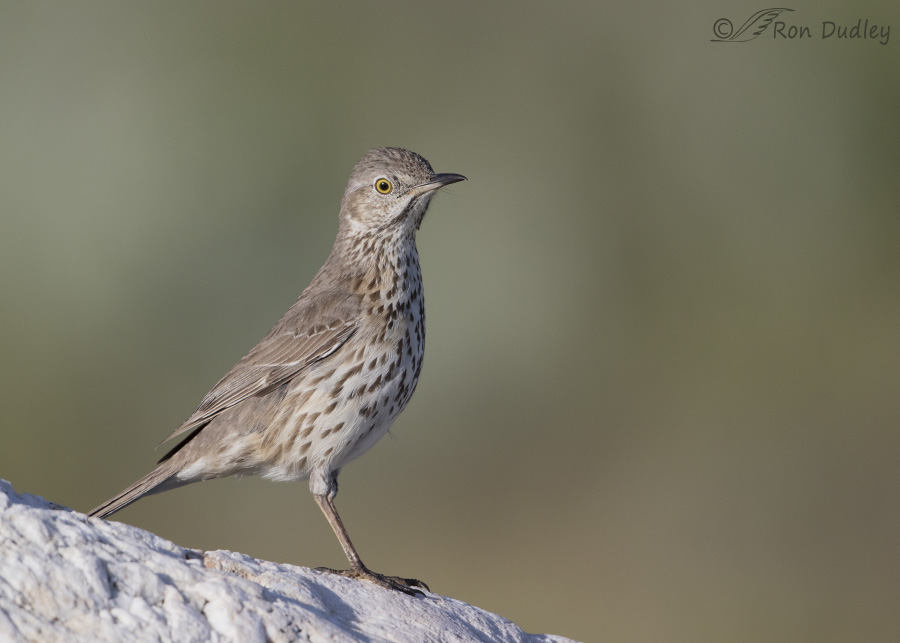
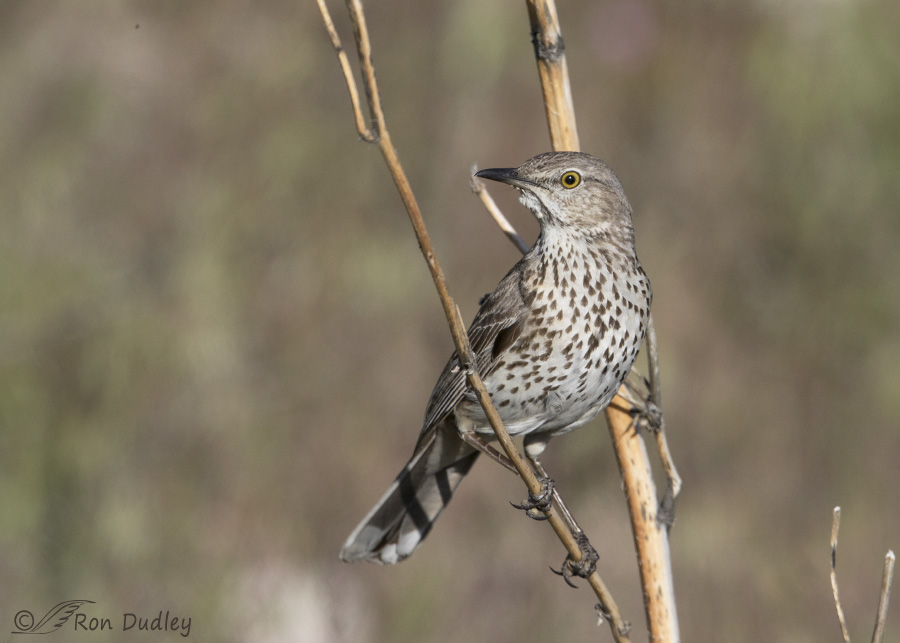
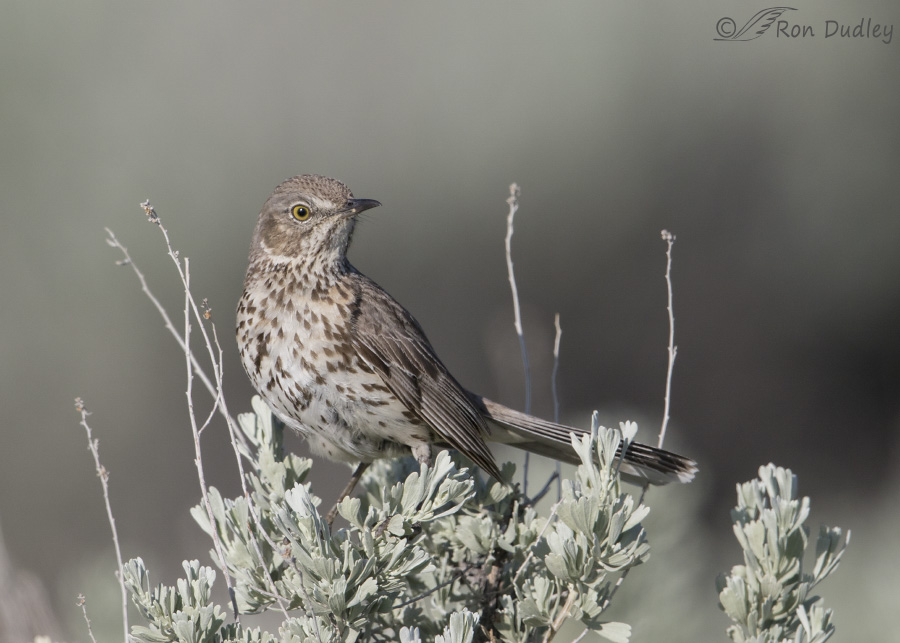
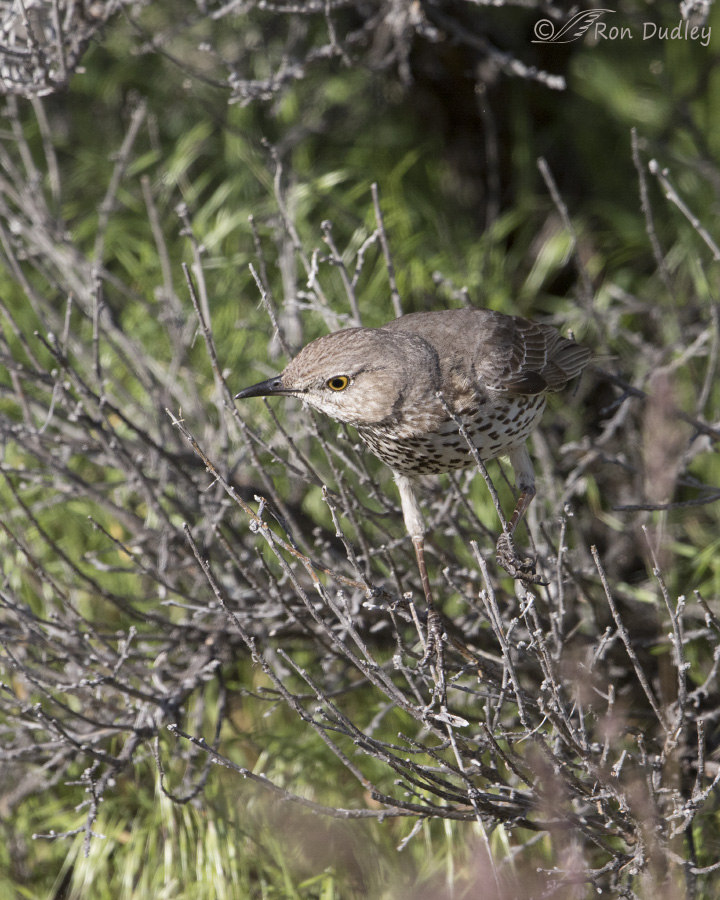
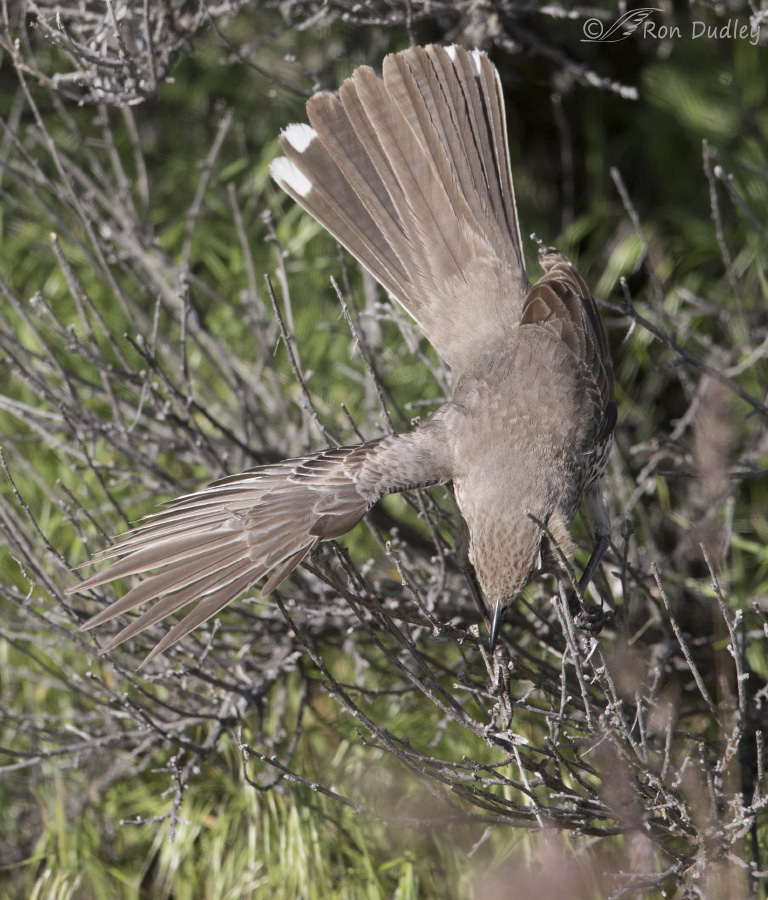
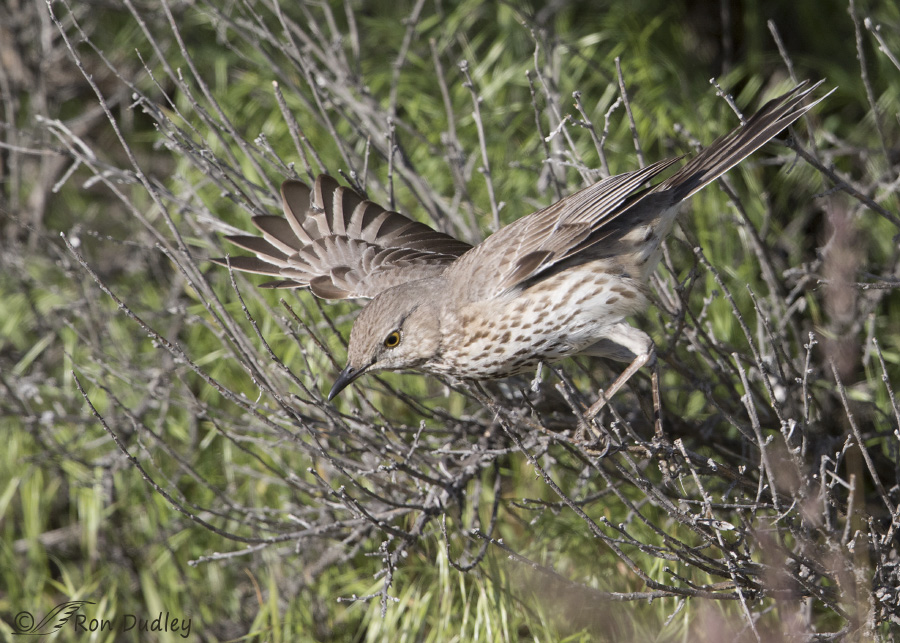
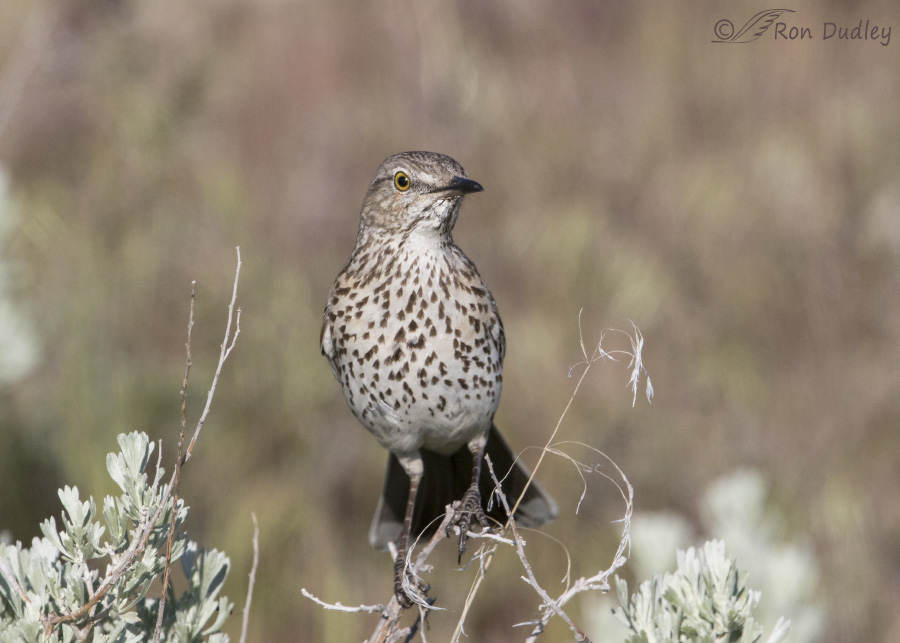
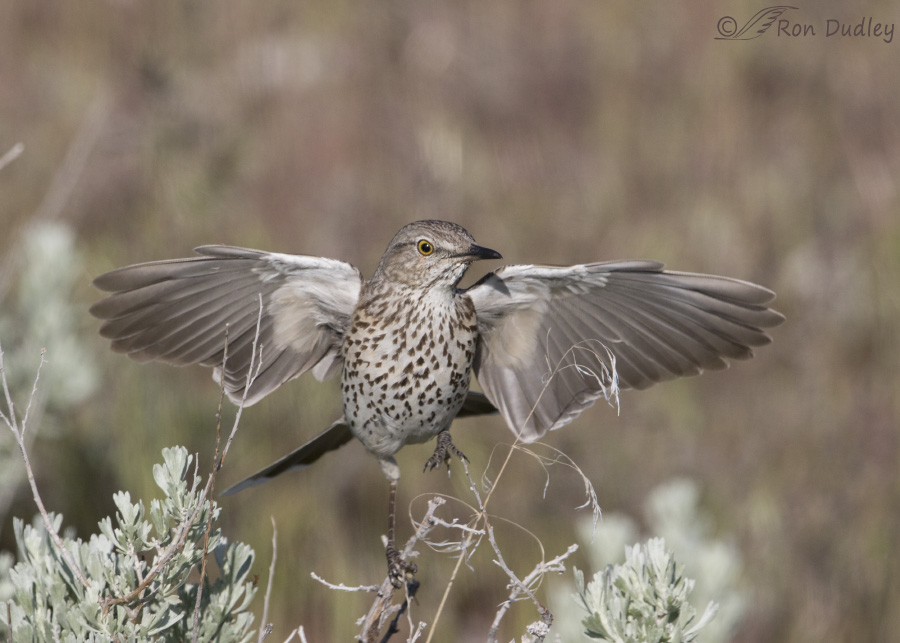
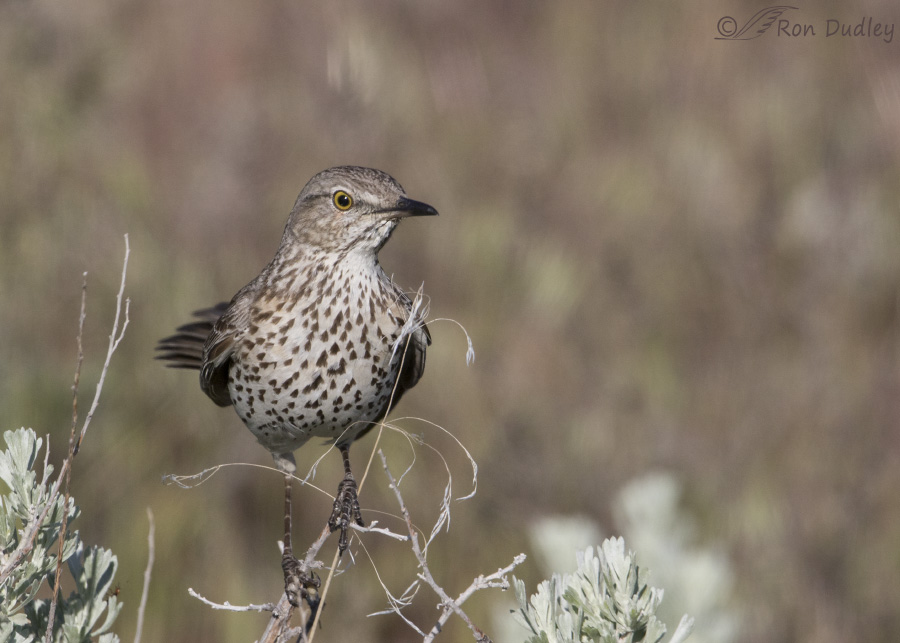
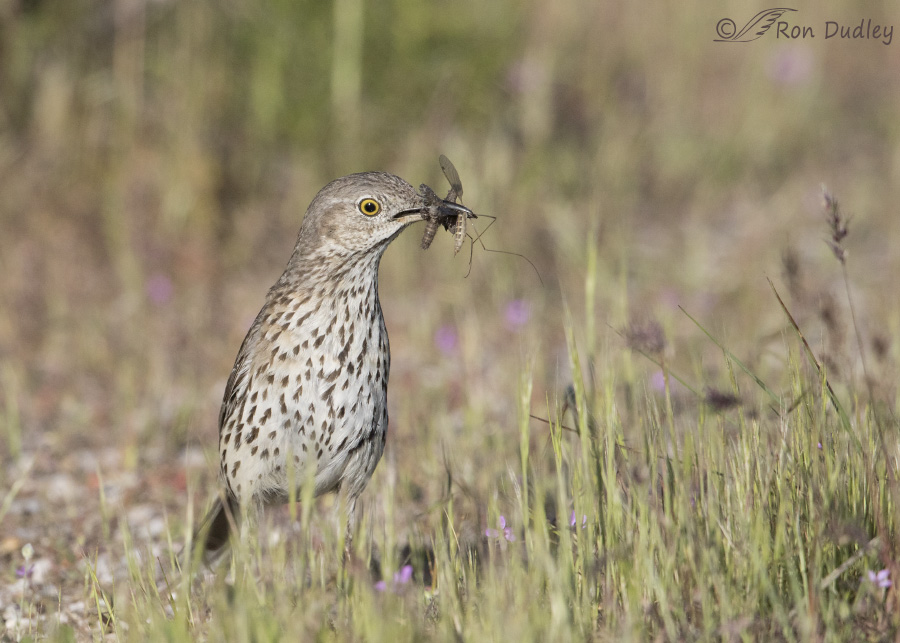
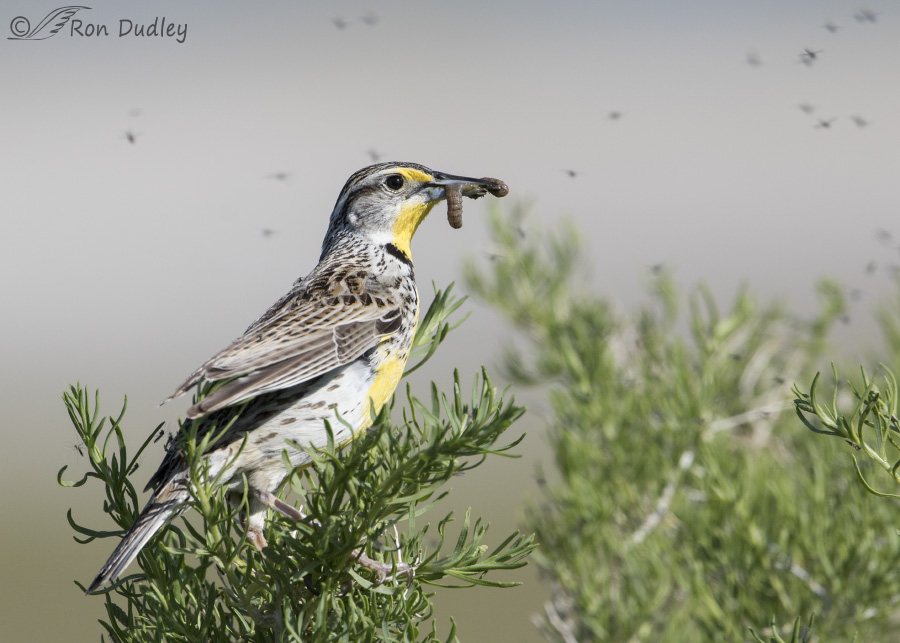
50-80,000 species!!! We have a friend who is Japanese, whose mother lives in Chile (his Dad worked in fishing field, and introduced fish farming into a couple of places in S. America) and she collects hemipterans to crush for the carmine color, which she then uses to dye the wool that she has spun… quite an amazing family… It’s my understanding that she is a very fierce woman, having lived in very remote areas in S.A. and Central American, and having given birth in the jungle… I am a mosquito MAGNET…. I used to wear DEET to bed, in 2000… and I had a mosquito net over the bed. I’d frequently wake up to several mozzies buzzing in my ear, having gotten UNDER THE NET!! ARGH!!! And I used to drive my hubby nuts because in the middle of the night I’d turn on the light and HUNT for the mozzies and SMOOSH them against the walls… I have since discovered Lemon Eucalyptus…
There’s just nothing like the sound of a mozzie at night. EGADS!!!
Wow, that’s quite a story, Nicole – on more than one level.
Agree – buzzing skeeters in your ear when you’re trying to sleep is pure torture!
I am particularly attractive to ‘bugs’ of many varieties. To the extent that my partner likes me to come outside with him: I get bitten and he is left unharmed.
However, to see marvels like these I would happily risk the bites, the welts, the itching.
For some reason it is the fourth image which stirs me most today – but I am intrigued by them all. And would love to smell the sage in quanitity too.
Ahh, so you’re a bug magnet, are you, EC? You’d be handy to have on the island when I’m there!
EC, the smell of sage is simply magnificent! We should gather up a clump and send it to you for a real treat!
I wish you could.
I’m so glad you posted these photos of Sage Thrashers. I just had my first sightings of these birds at a rest area on I-10 two days ago when we were driving home from San Antonio. The first one I saw flew into a tree, landing on a fairly low branch so I could see it easily, and I was actually able to get fairly close to it. I had a bit of difficulty identifying the birds, but finally figured they were Sage Thrashers, and your photos have confirmed my ID. I’m with you on the bug thing, but I generally don’t try to correct people about that any more. For me, what’s even worse is when people refer to Geese as Ducks. GRRRR!!
I’m glad you saw and recognized your first Sage Thrasher, Susan and nice to know my photos confirmed it for you. Most folks don’t get particularly excited about them but I love them for their interesting behaviors, among other things.
Ron,
Thanks for the pictures. I also saw one of these Sage Thrashers a couple of weeks ago on the rocks on the north end of the island. I looked them up on one of the bird apps and it said they were rare in red letters so I wondered if I had been that lucky. Your pictures confirmed it for me as well. Thanks. I agree about the bugs and I was happy to hear your description. I about went to the dermatologist when the lesions lasted for a week. Finally they started to abate. I haven’t been back to AI since. I guess I am a wimp. Thanks again.
Stephen
Nothing wimpy about strongly disliking being bitten by those little devils, Stephen. They make us pay a steep price for our photographs this time of year.
Thanks for these photos and for putting up with the biting insects. It is pure dedication to put up with them in pursuit of your desire to get excellent photos.
I don’t think I have ever seen a Sage Thrasher but here just north of Phoenix I experience the behaviors of both the Bendire’s and Curve-Billed Thrashers whose songs are lyrical and lovely. Perhaps it is because of them that I don’t have swarms of insects or biting ones. My yard doesn’t encourage mosquitoes either because there isn’t any standing water nearby. This spring has been cool, temps in the 70s this late into May but soon it will be hot!
Pat, I have a friend in Gilbert, AZ who photographs your two thrasher species quite a bit – often when they’re perched on saguaros.
Besides smelling beautiful, my neighbor claims that a tincture of sage, sprayed on, will work well as a no-see-um repellent for short periods of time ( 15 minutes to a half hour ). You place a
large handful of fresh sage with enough water to just cover it, and boil gently until the water is below sage level . Then strain thru a sieve and refrigerate in a glass container and pour into a pump
spray bottle………although you have to keep spraying it onto your skin and clothes repeatedly, its advantage is that it doesn’t contain potentially toxic chemicals . Any of your readers have
experience with this brew ? ( I guess that instead of smelling like “lunch”, the critters perceive you as smelling like the landscape ! )
Interesting concoction, Kris. I just might have to give it a try…
This is a wonderful series! Aesthetically, my favorite is the third, but that bird is so obviously alert and focused in all the frames, they are all fascinating!!! Those nasty little midges literally suck…as do our blackflies. They inject an anti-coagulant that liquifies its”bite” area, too…then suck out the dissolveved tissue…YUK!!! I prefer Marty’s theory…and VW bugs!!! Funny!!!
Thank you, Patty. I was reading yesterday that biting gnats are closely related to black flies. I’ve never experienced black flies but I’ve certainly heard about their nastiness.
Oh how I love your blog…just sayin’! As often happens, you cover my objective to learn something new every day and I’m good to move forward! I’ve never seen a sage thrasher and oh what a lovely bird! That’s a totally new species to my overall knowledge. So this whole series taught me a bunch of new things–about the sage thrasher, its activities, and bugs. I’m good for the next week, easy!
As for the quibbling about the teeny, tiny technical aspects, well, just stop it! These are spectacular images! Trust me on this. I know these things.
I’ve wondered about how birds can sing with a full beak, too. Just another one of those wondrous things birds do that makes you scratch your head and ask, “How do you DO that?”
And oh the smell of sage. Isn’t it just magnificent? For me, it’s right up there with lilacs (memories of my grandmother), roses and horse manure–wondrous, comforting and oh so pleasant! Makes me smile inside and out. Horse manure means that horses are nearby and that’s a good thing–both my neighbors have horses AND baby horses I get to watch grow from fillies into mares.
ANYWAY, when I lived in Wyoming, every day we went hunting it was an enormous treat to be surrounded by the smell of sage. Sadly we don’t have much of that here, but where we do, you’ll find me out with my birds. I also have sage bundles in almost every room of my new house.
And once again, thank you! You ROCK!
Laura, I love the way you lumped the smells of sage, lilacs and roses together with that of horse manure!
Yes, there’s just something special about the smell of sage – especially to us westerners.
Great, wonderful shots Ron! I’ve been in the north country when the Mosquitoes have been so thick that they cover your hand, face and any skin that is exposed. So I can just imagine the density of the buggy area!
I noticed that you went from 1/5000 down to 1/2000. Hard for me to tell, but do you find a significant difference when shooting at 1/5000 compared to 1/2000? I can understand with a skittish bird why you would set the speed high, but do you still get blurry images at 1/2000?
Dick, I didn’t deliberately change those shutter speeds. Shooting in aperture priority the SS changes as the lighting does and while trying to follow these quick birds around in the brush I don’t have time or opportunity to change my settings every time the lighting changes.
1/2000 is often fast enough to freeze most movement but if I want no motion blur in wingtips I generally try for a minimum of 1/3200 with little birds. Larger birds don’t need nearly that much SS.
I always try to err on the side of too much SS rather than too little if I have enough light. These days I don’t worry so much about a little noise from higher ISO’s to get those speeds.
Just saying, my interest or verification of what I do was just what you said. Since I’ve become a member of your blog, I now shoot much higher SS than in the past and have been very happy with it, all because of you!! In the past I was too worried about the noise my pictures might show, and you are absolutely correct – don’t worry about the noise today! Thanks for our continuing education!
Thanks for that feedback, Dick!
I would have to agree with Dick. Thanks for the tips almost every day!
Stephen
I always thought bugs were made by VW.
Thank you for sacrificing your own blood to bring us these wonderful behavior shots! Those are quite the mouthfuls in those last two. I can imagine some very happy chicks.
“I always thought bugs were made by VW”
Or things that mess up our computers…
I keep telling myself that even the nasty “bugs” serve a purpose (such as providing nutrition for chicks as you mention, Marty) but it’s very hard to appreciate biting gnats or be generous toward them in any way. And they’re so very small I doubt many birds eat them anyway. I know spiders do though…
Bug can also be what your little brother does to you.
As far as the spider food goes, we’ll just have to keep thinking of Charlotte and Wilbur (but not Templeton — he was a brat!).
In my experience, more often it’s the little sisters…
Such lovely, subtly colored birds. They definitely have jerky movements. We have some thrashers here later in the summer but they are a rusty color. Fortunately, we don’t get the biting gnats and, if the swallows nest in the vicinity, few mosquitos either. Beautiful shots, Ron even if you did get eaten up!
They definitely have jerky movements. We have some thrashers here later in the summer but they are a rusty color. Fortunately, we don’t get the biting gnats and, if the swallows nest in the vicinity, few mosquitos either. Beautiful shots, Ron even if you did get eaten up!
It’s the price you pay on the island this time of year, Judy. If there’s a breeze or it’s colder than usual they aren’t quite so bad, especially in early morning.
Are your thrashers Brown Thrashers instead of Sage Thrashers? I think Brown Thrashers have more red in them.
Yes, and they are noisy in the leaves!
What a wonderful series Ron!!
Thanks, Charlotte.